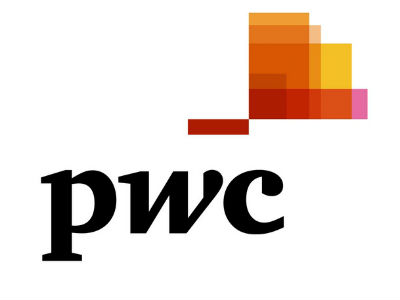Study: Wearable Devices Could Drive Media Growth

Wearable technology is expected to drive growth in the entertainment and media sector as more and more (and younger and younger) consumers adapt devices and monitors that are not only worn, but woven into the very fabric of their wardrobes, according to a recent study by PricewaterhouseCoopers.
Wearable technology made a splash a few years ago with Google Glass, basically a computer with a head-mounted display. Earlier this year Apple upped the ante with the Watch, a wearable device that is capable of receiving phone calls, messages and texts, and controlling other Apple devices.
New devices on the drawing boards include monitoring technology woven into clothing that can detect heart rates and blood oxygen during exercise, as well as futuristic communications devices like wrist phones.
According to PwC’s The Wearable Future, companies in the entertainment and media sector could have the largest growth opportunity in the wearables market. PwC estimates that about 2 million smartwatches were sold in the U.S. in 2013, and as of March 14, 3.3 million fitness trackers had been sold in the country. That number is expected to grow to 19 million this year (for smartwatches, headsets and activity trackers) and with projections that sales of wearable devices could reach 130 million units in 2018, the prospects are enormous.
PwC, in conjunction with researcher BAV Consulting, surveyed 1,000 consumers (across age, gender income and regions) via a 25-minute online questionnaire to examine the positive and negative trade-offs of wearable technology and to gain insight on how values, attitude and behaviors will shift once these technologies become more mainstream. As a result, PwC determined that:
· About 73% of respondents expect wearable technology to make media and entertainment more immersive and fun, with millennials responding in the positive at an even higher rate (79%). As expected, more millennials (64%) said they would be excited to try a wearable technology product introduced by an entertainment or media company than the general population (42%).
· As social media becomes the vehicle for which more and more information is received, consumers want wearable technology to offer anytime/anywhere access to their favorite networks. This is especially resonant with younger viewers – millennials were three times as likely as the general population to list real-time social media updates as an important benefit of wearables.
Multichannel Newsletter
The smarter way to stay on top of the multichannel video marketplace. Sign up below.
· About 97% of American children ages 12 to 17 play an average of one hour of video games per day. Wearable technology is poised to offer a host of new platforms and devices to make gaming more visually and physically engaging than ever before. About 64% of consumers ages 18 to 24 say they would be motivated by this.
· Additionally, wearables open up more advertising inventory – blank canvases for highly targeted message placements, especially in the form of content with greater relevancy and context to the user and can also provide a meaningful opportunity to drive product sales and e-commerce.
“The media company of the future must combine insights with curated experiences, and find new ways of monetization – not merely through conventional advertising and paid content offerings. Wearables offer media companies a huge new frontier of relevance and immersive experiences, helping to engage audiences by providing the most relevant content,” said PwC’s U.S. advisory entertainment, media & communications leader Deborah Bothun, in a statement.
